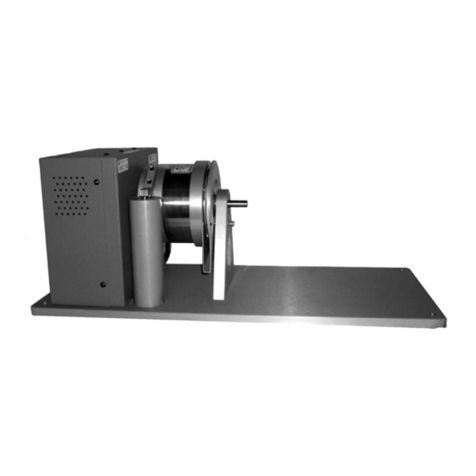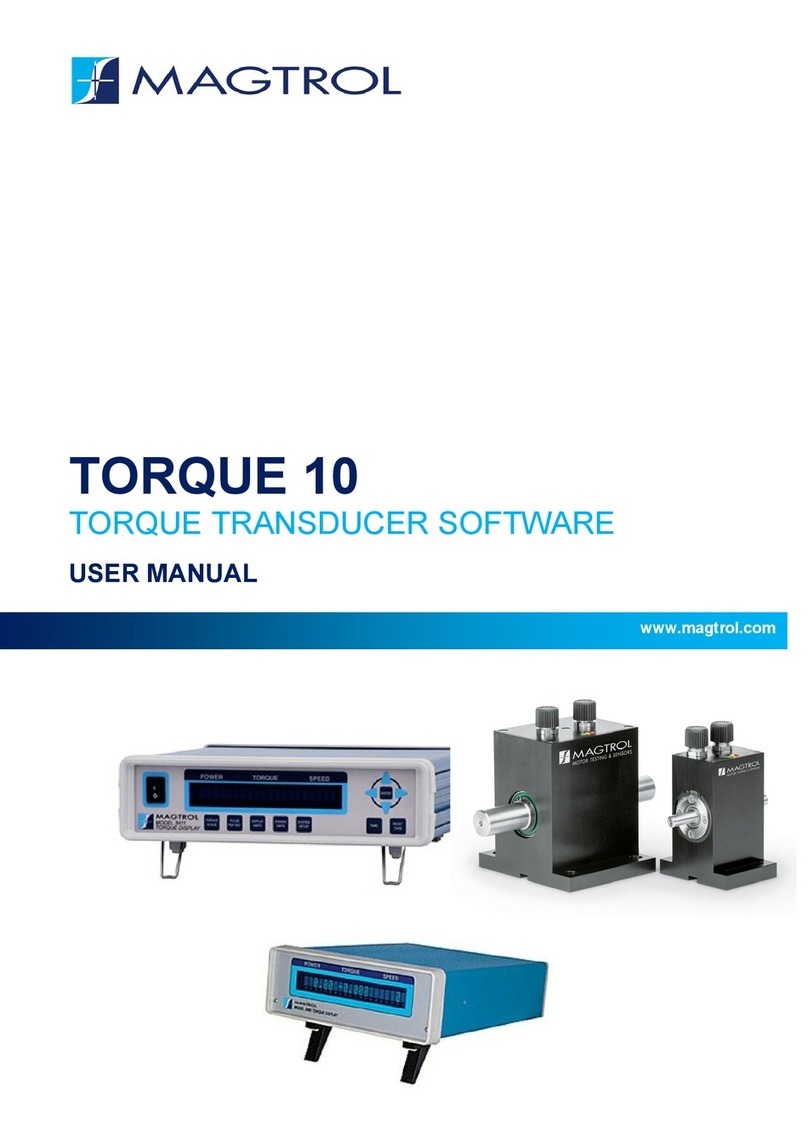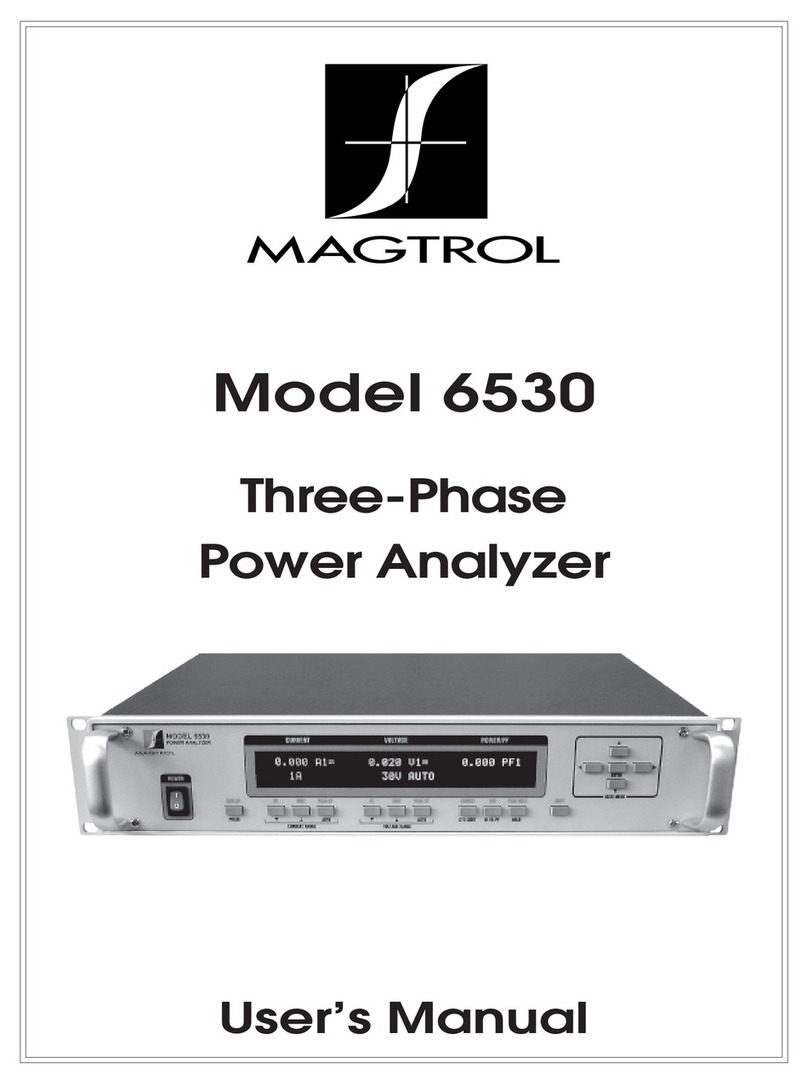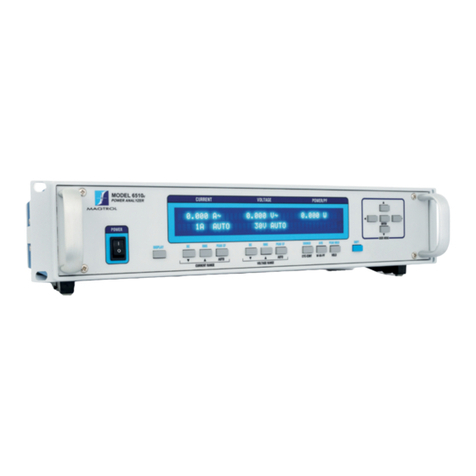
ii
Table of Contents
PREFACE................................................................................................................................................................ III
Purpose of This Manual................................................................................................................................................................iii
Who Should Use This Manual......................................................................................................................................................iii
Manual Organization ....................................................................................................................................................................iii
REVISIONS TO THIS MANUAL ................................................................................................................................ I
Table of Revisions ......................................................................................................................................................................... i
TABLE OF CONTENTS ........................................................................................................................................... II
Table of Figures ............................................................................................................................................................................iii
1. INTRODUCTION ................................................................................................................................................. 1
1.1 General information........................................................................................................................................................ 1
1.2 Data Sheet...................................................................................................................................................................... 2
2. INSTALLATION / CONFIGURATION.................................................................................................................. 7
2.1 General information........................................................................................................................................................ 7
2.2 Installation of the LMU 212 and LMU 217 load monitoring units.................................................................................... 7
2.3 Connection of the LMU 212 and LMU 217 load monitoring units................................................................................. 10
2.4 CongurationoftheLoadmonitoringUnit.................................................................................................................... 11
2.4.1 Adaptation of the monitor to the available supply unit................................................................................. 11
2.4.2 Selection of the type of wiring to the strain gauge........................................................................................ 13
2.4.3 Designation of the voltage and current inputs/outputs.................................................................................. 14
2.4.4 Configuration of the detection chains ........................................................................................................... 14
2.4.5 Selection of the pass band............................................................................................................................. 19
2.4.6 Selection of the sensitivity range .................................................................................................................. 19
2.4.7 Selection of the application........................................................................................................................... 20
2.4.8 Division of the transducer signal or the input voltage Ui/p by two ................................................................ 21
2.4.9 Use without transducer.................................................................................................................................. 22
3. CALIBRATION .................................................................................................................................................. 23
3.1 Electrical calibration (standard) .................................................................................................................................... 23
3.1.1 Zero adjustment on the voltage output.......................................................................................................... 23
3.1.2 Zero adjustment on the current output .......................................................................................................... 24
3.1.3 Sensitivity adjustment on the voltage output ................................................................................................ 24
3.1.4 Sensitivity adjustment on the current output................................................................................................. 24
3.1.5 Adjustment of the detection thresholds......................................................................................................... 25
3.2 Quick Calibration .......................................................................................................................................................... 27
3.2.1 Operations preceding a quick calibration...................................................................................................... 27
3.2.2 Calibration procedure.................................................................................................................................... 27
3.3 Calibration of the built-in test equipment (B.I.T.E.) ....................................................................................................... 28
4. APPLICATIONS ................................................................................................................................................ 29
4.1 Using one or several load monitoring units .................................................................................................................. 29
4.1.1 Using one single load monitoring unit LMU 212 ......................................................................................... 29
4.1.2 Using one single load monitoring unit LMU 217 ......................................................................................... 30
4.1.3 Using three load monitoring units LMU 212................................................................................................ 31
4.2 Using transducers in parallel ........................................................................................................................................ 32
4.3 Operational check of the measuring chain ("OK") ........................................................................................................ 32
4.3.1 Checking the transducer signal transmission to the load monitoring unit .................................................... 32
4.3.2 “OK” philosophy........................................................................................................................................... 33




































